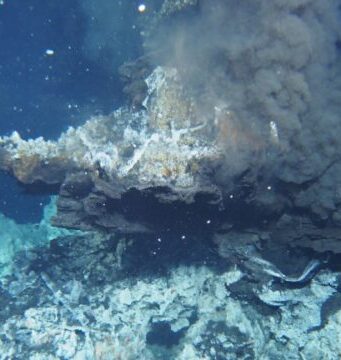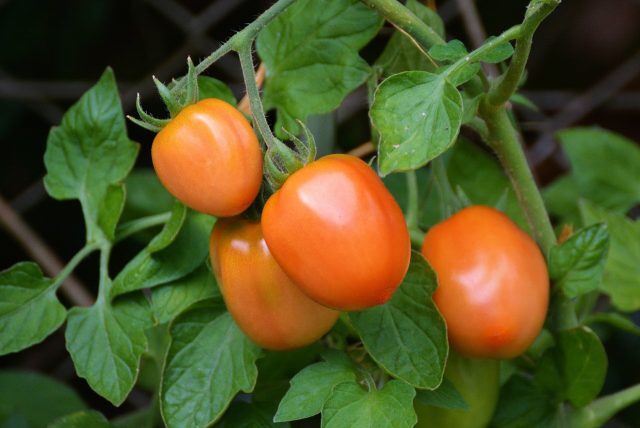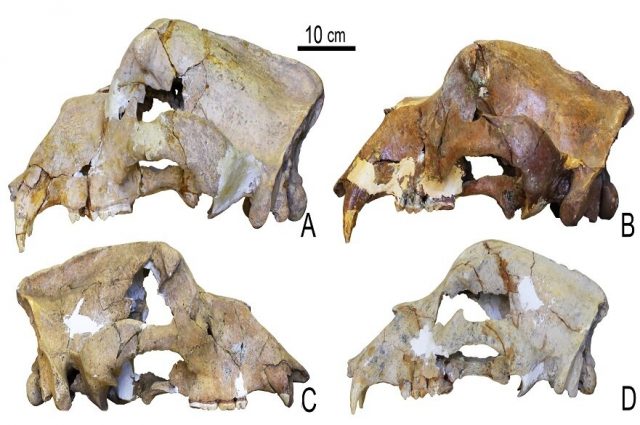The koala retrovirus (KoRV) is a virus which, like other retroviruses such as HIV, inserts itself into the DNA of an infected cell. At some point in the past 50,000 years, KoRV has infected the egg or sperm cells...
While there's a famous horror-movie spoof about killer tomatoes, no one seems to have made one about caterpillars—the insect pests that eat the juicy red fruits of summer.
Perhaps the time is ripe, with inspiration from a new study at...
Fishing primarily removes larger and more active fish from populations. It thus acts as a selection factor that favors shy fish, as a recent study by the Leibniz Institute of Freshwater Ecology and Inland Fisheries (IGB) shows. The promotion...
Scientists have successfully sequenced the genome of an extinct cave bear using a 360,000-year-old bone—the oldest genome of any organism from a non-permafrost environment.
The work, involving Nottingham Trent University and the University of Potsdam in Germany, has revealed a...
Having a memory of past events enables us to take smarter decisions about the future. Researchers from the Max Planck Institute for Dynamics and Self-Organization (MPIDS) and Technical University of Munich (TUM) identify the basis for forming memories in...
Recreational hunting—especially hunting of charismatic species for their trophies—raises ethical and moral concerns. Yet recreational hunting is frequently suggested as a way to conserve nature and support local people's livelihoods.
In a new article published in the journal One Earth, scientists...
A new study published in Scientific Reports has revealed that dogs understand the relationship between their body and the environment in a problem solving task. The researchers of the Department of Ethology at Eötvös Loránd University (Budapest, Hungary) found that dogs...
Earth is home to millions of known species of plants and animals, but by no means are they distributed evenly. For instance, rainforests cover less than 2 percent of Earth's total surface, yet they are home to 50 percent...
Lipids are the building blocks of a cell's envelope -- the cell membrane. In addition to their structural function, some lipids also play a regulatory role and decisively influence cell growth. This has been investigated in a new study...
An international team of scientists has sequenced the genome of a capuchin monkey for the first time, uncovering new genetic clues about the evolution of their long lifespan and large brains.
Published in PNAS, the work was led by the University...
Far underneath the ice shelves of the Antarctic, there's more life than expected, finds a recent study in the journal Frontiers in Marine Science.
During an exploratory survey, researchers drilled through 900 meters of ice in the Filchner-Ronne Ice Shelf, situated...


















